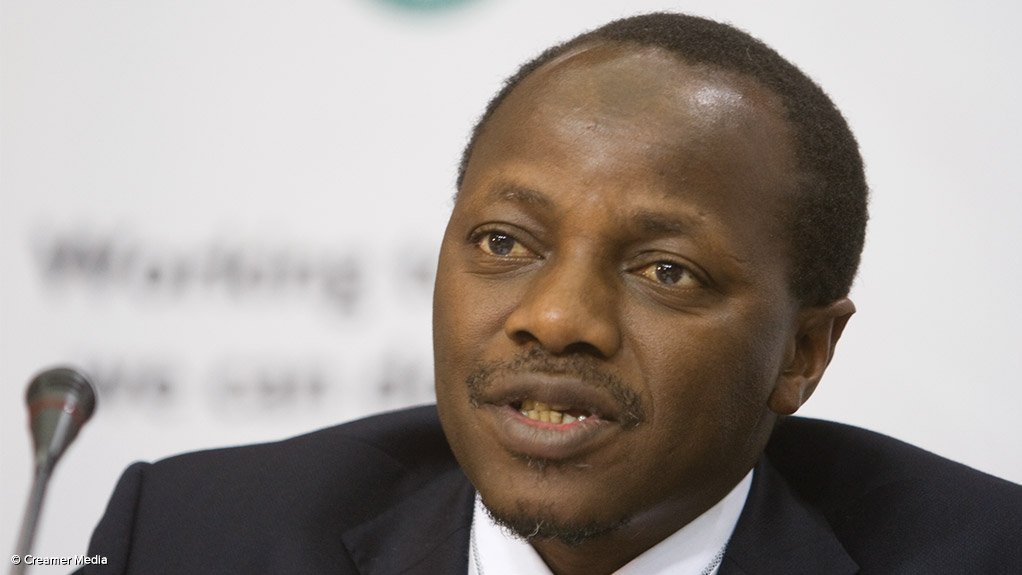The Presidency has released its 2012 Development Indicators report, revealing a worrying shortage of skills, particularly in the engineering sector.
Minister in the Presidency for Performance Monitoring and Evaluation Collins Chabane said the skills shortage was of concern, given the need to roll out government’s massive infrastructure programme.
The report shows that only 9 193 students graduated in engineering sciences (excluding technology) in 2011. While this is an increase on the 8 792 engineering graduates in 2010, it is highly unlikely that South Africa will reach its goal of 15 000 engineering sciences graduates by next year.
The engineering sciences graduates made up 9 193 out of a total of 160 300 graduates across all fields of study in 2011.
The indicator on engineering and technology graduates was one of 85 indicators intended to track how far South Africa has come in its development journey since 1994.
While there has been some progress since the years of 1990 to 1993, when South Africa’s growth rate shrunk to an average of -2.2%, the report, released during a media briefing at Parliament on Tuesday, revealed that the country is still beset with some serious problems.
More than half of South Africans (52.3%) live below the poverty line of R577 a month, while around one in seven South Africans live in “inordinate poverty”, the report says.
The number of unemployed people has climbed from over 1.9-million in 1994 to 4.2-million in 2011. Young people between the ages of 16 and 34 make up more than 70% of the unemployed, with more women than men being out of work.
While average real incomes have been rising since 1994, South Africa still ranks among the most economically unequal societies in the world.
South Africa’s competitiveness as an economy was also raised as a concern. The goal is to increase the ratio of exports to gross domestic product. In recent times, exports have performed poorly, leading to severe imbalances in the current account. The 2012 Development Indicators report has warned that, unless exports improve, this trend could put a brake on growth.
The country’s patent registrations are growing at a very modest rate by global standards. The report says this reflects mediocre trends in spending on research and development.
Civil engineering made up the biggest share of patent applications between 1996 and 2011, at 7.41% of the total. Materials, metallurgy, basic materials chemistry and chemical engineering were also important sectors.
On the information and communications technology front, cellphone ownership has grown by an average rate of 26.7% a year.
Internet and computer growth has been far more sluggish. The number of computers per 100 people increased from 6.6 in 2000, to 10.7 in 2009. Just over ten out of every 100 people had access to the Internet in 2009.
Transformation indicators showed no significant change in the percentages of both black and women executives in 2010 and 2012. Women make up just under 20% of top managers in South Africa.
Overall, 32% of top managers are black – a sharp increase since 2011 and a leap since the 12.7% recorded in 2000. The Presidency said there was still much room for improvement.
EMAIL THIS ARTICLE SAVE THIS ARTICLE
To subscribe email subscriptions@creamermedia.co.za or click here
To advertise email advertising@creamermedia.co.za or click here











